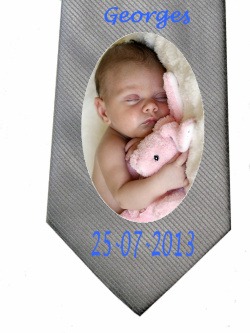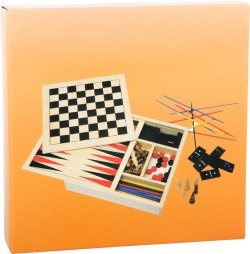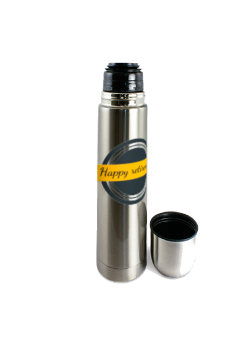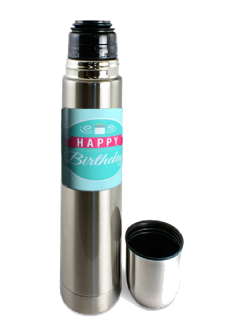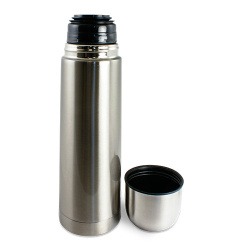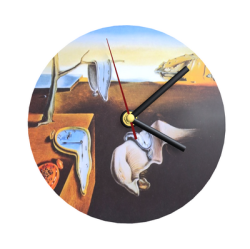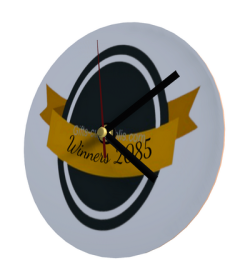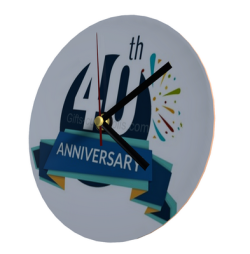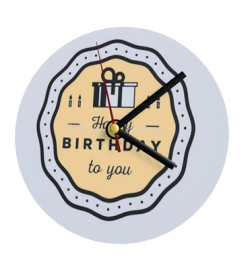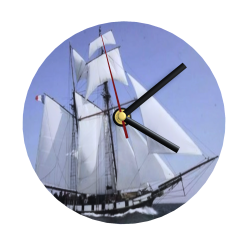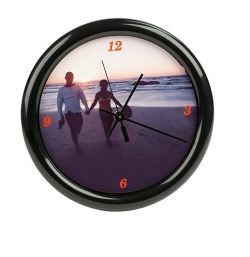Alex the lion with T-shirt...
Please note that there are only a few blue and pink t-shirts left. The following shirts will be only white. For young and old, we offer Alex, the lion with his personalised t-shirt. We print for you your photo and your text on his T-shirt. This adorable lion is very soft and pleasant to cuddle. An original and cute gift, Alex, the lion, will delight young and old children. By offering it to a child, we offer him a faithful and exceptional companion. Jungle animals are generally the most popular among children. The lion is a magnificent animal. He is the second largest feline in the world, after the tiger. He is the king of animals because of his majestic mane, which looks like a crown and especially because lions are the biggest predators of the savannah. The lion is an animal remarkable and admired. Feel free to please yours with the cuddly animals they love. Give an adorable stuffed animal with his personalised T-shirt as a nice gift! Our lion Alex is a perfect gift for your child, best friend or your little friend. Give this adorable soft toy for a birthday, a cute Valentine's Day gift or just to give a loving object to someone you love. A cuddly gift to personalise with one of your photos and a few words of love.
- Personalisable





































